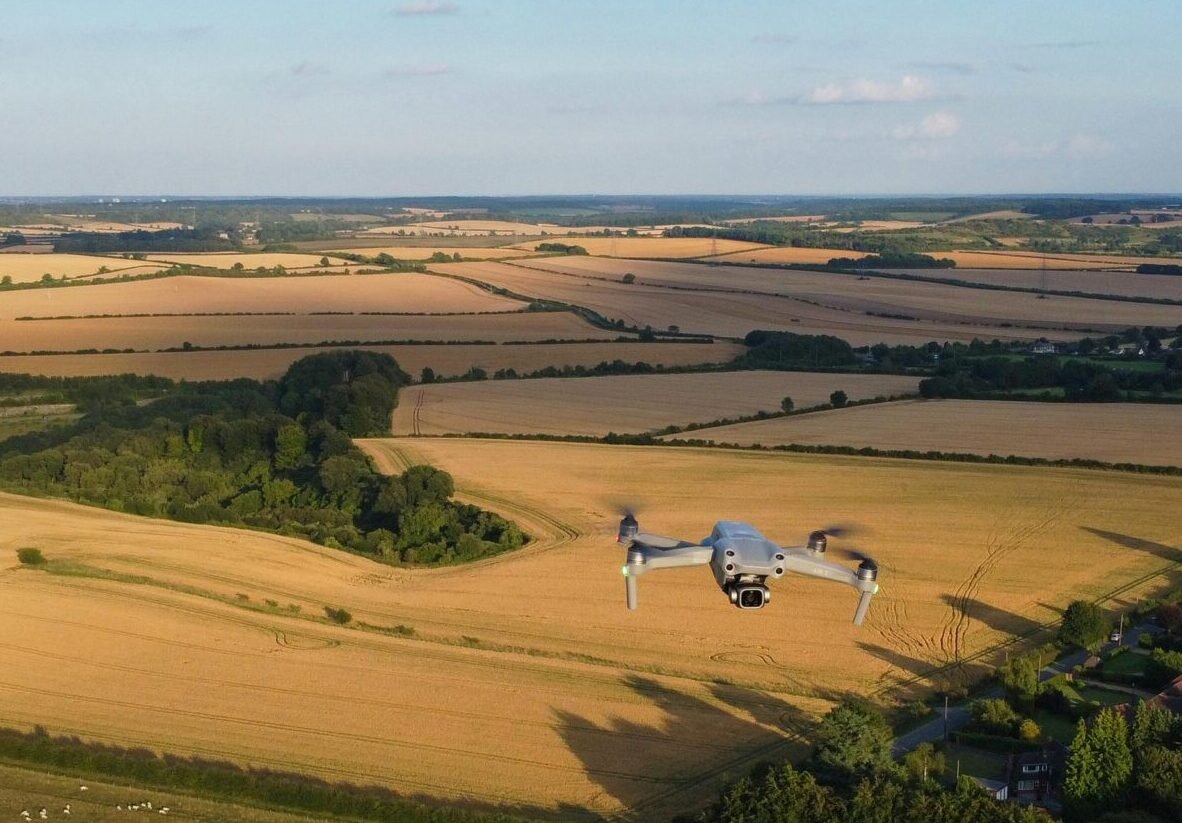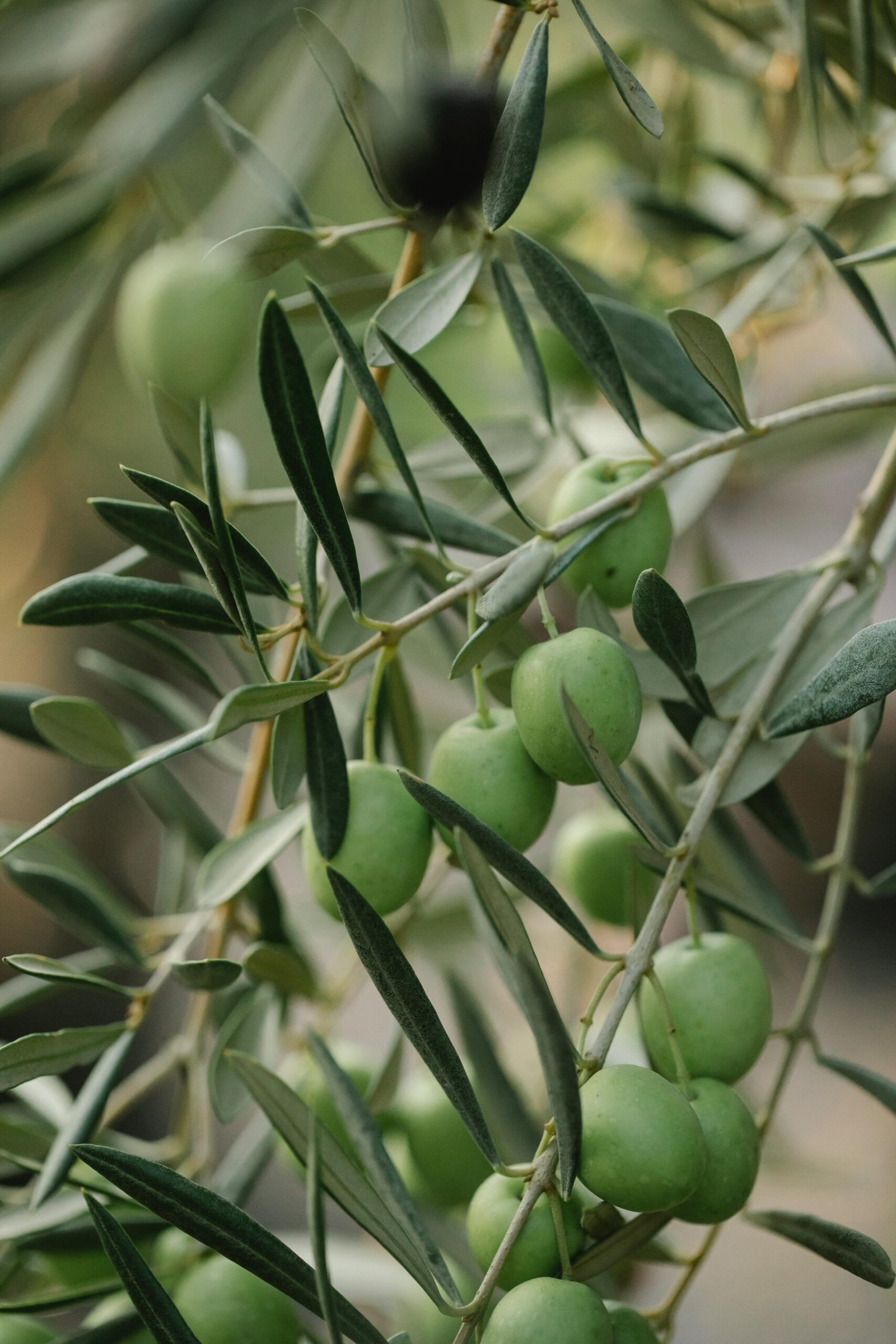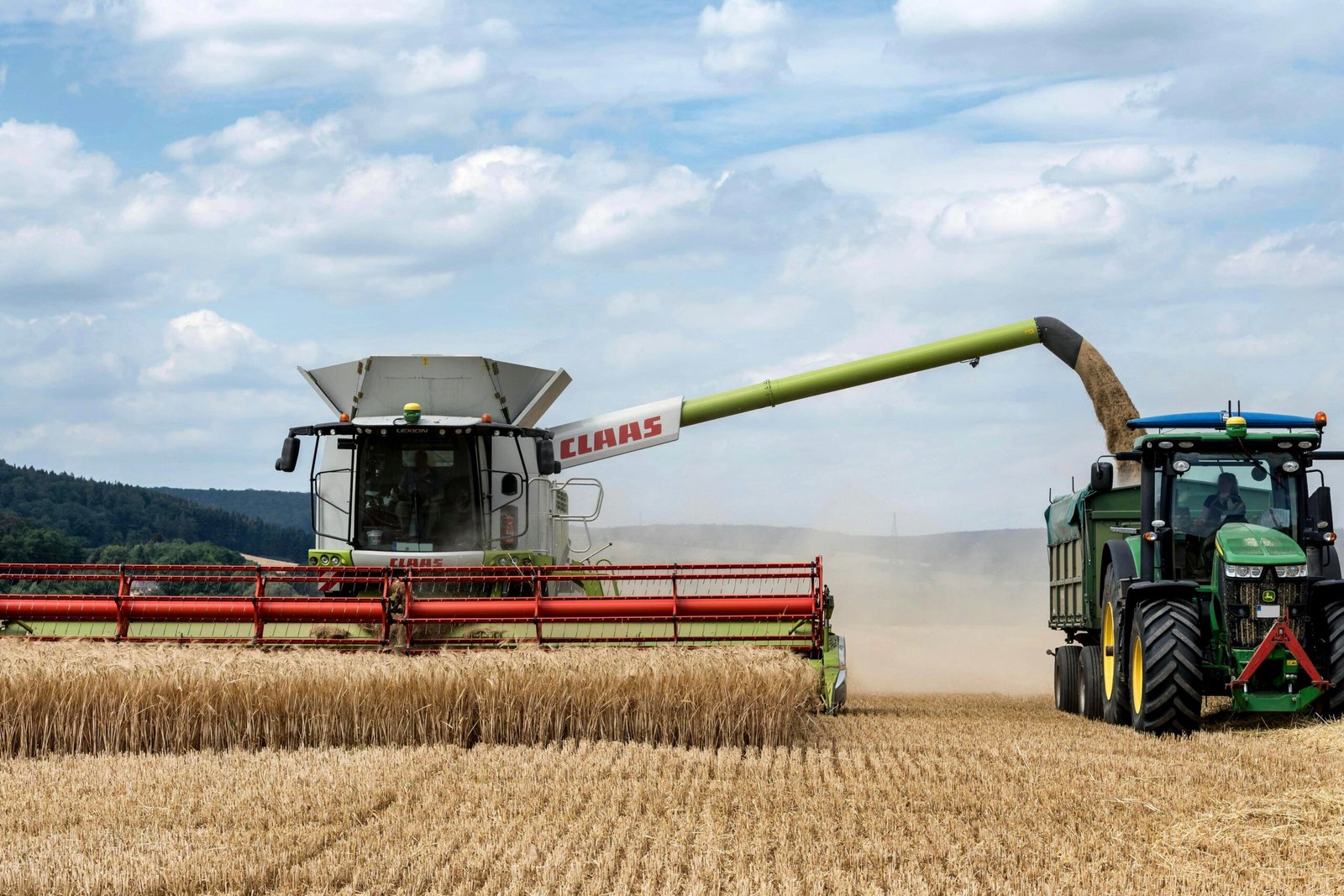In today’s era of rapid technological advancements, agriculture—an industry rooted in tradition—is undergoing a transformation. One of the most groundbreaking developments is the integration of drone technology in agriculture, reshaping how farmers manage their crops, conserve resources, and boost productivity. Drones, or unmanned aerial vehicles (UAVs), are enabling precision agriculture practices, empowering farmers to make data-driven decisions with unprecedented accuracy and efficiency. Here’s a closer look at how drones are automating agriculture to revolutionize the industry.
1. Precision Mapping and Land Surveying
A major benefit of drones in farming is their ability to conduct precision mapping and land surveying. Traditionally, farmers relied on manual surveys or expensive satellite imagery to monitor and map their fields. Now, agricultural drones equipped with specialized cameras and sensors can produce high-resolution maps at a fraction of the time and cost. This aerial mapping highlights variations in soil health, crop growth, and potential pest hotspots. With this real-time data, farmers can allocate resources efficiently, focusing on the areas that need the most attention, significantly boosting crop productivity.
2. Crop Health Monitoring
Effective crop health monitoring is critical for maximizing yield. Manual inspections, however, are time-consuming and labor-intensive. Drones for agriculture equipped with multispectral, hyperspectral, and thermal sensors can quickly capture images that reveal crop health, plant stress, and nutrient levels. By analyzing these images, farmers can detect early signs of disease, pest infestation, or water stress, allowing for timely interventions. Early detection through drone technology in farming is crucial in reducing crop loss and enhancing farm productivity.
3. Efficient Irrigation Management
Water management is essential for sustainable agriculture, especially with increasing concerns about water scarcity. Drones help address this by identifying variations in soil moisture levels across fields. With thermal sensors, drones in agriculture can capture temperature data to assess water stress areas, helping farmers optimize irrigation practices. When integrated with automated irrigation systems, drones enable a fully automated water management solution, minimizing waste and lowering costs while promoting sustainability in agriculture.
4. Precision Spraying and Seeding
Agricultural drones are advancing precision agriculture with spraying and seeding capabilities. These drones can carry fertilizers, pesticides, and seeds, enabling precise applications to targeted field areas. For example, instead of spraying an entire field, drones can detect specific patches that need treatment, reducing chemical use and conserving resources. This approach improves yield, minimizes environmental impact, and enhances the sustainability of agricultural practices. Additionally, drones can disperse seeds in difficult-to-reach areas, such as hilly terrains, making them highly versatile tools for automated farming.
5. Livestock Monitoring
Beyond crop management, drones also benefit livestock monitoring. Equipped with thermal imaging, drones can locate animals across vast pastures, monitor their health, and identify signs of distress. This technology is invaluable for large farms, where tracking individual animals manually would be challenging. Drones in agriculture make it possible for farmers to track livestock remotely, ensuring their well-being and reducing the need for extensive on-ground labor.
6. Enhanced Data Collection and Decision-Making
The data collected by drones in farming is a valuable resource for farm management software. Many modern drones are compatible with AI-powered platforms that interpret data and offer actionable recommendations. For instance, after a drone survey, farmers might receive a report detailing nutrient deficiencies, optimal harvest times, or pest hotspots. This automation streamlines decision-making, helping farmers respond to challenges with speed and precision.
7. Reducing Labor Costs and Increasing Safety
Labor shortages remain a major challenge in agriculture, particularly during peak seasons. Drones help address this by automating labor-intensive tasks. By taking over dangerous jobs, drones also enhance farm safety. For example, drones can spray crops with pesticides, protecting workers from chemical exposure. They can survey large and remote areas that may be hazardous for human operators, ensuring that every corner of the farm is monitored without risking human safety.
The Future of Drones in Agriculture
The future of drone technology in agriculture looks promising as these machines become more advanced, affordable, and integrated with other technologies. With advancements in AI, machine learning, and sensor technology, drones are poised to become indispensable in the agricultural sector. Innovations like autonomous flight patterns, cloud-based data analytics, and integration with IoT devices are likely to enhance drone capabilities, making farms more resilient and smarter.
Conclusion
Drone technology is transforming agriculture by enabling automation in farming and helping farmers work smarter, not harder. From crop health monitoring to optimized irrigation management and precision spraying, drones are helping farmers increase productivity while reducing resource consumption. As agricultural drones become more accessible, they offer the industry a chance to embrace sustainable, data-driven practices. Drones are no longer just a glimpse of the future—they are here, revolutionizing agriculture today.



